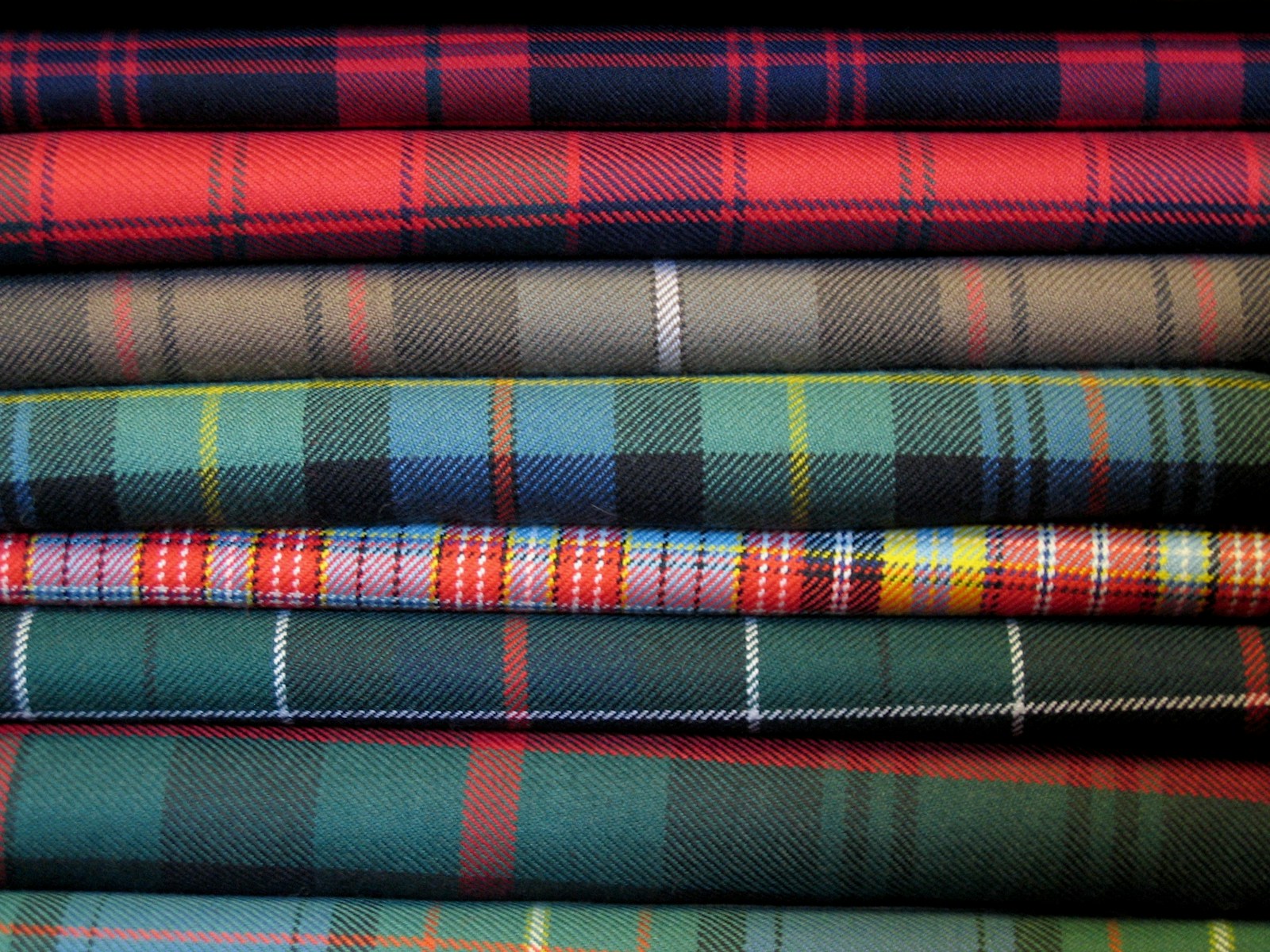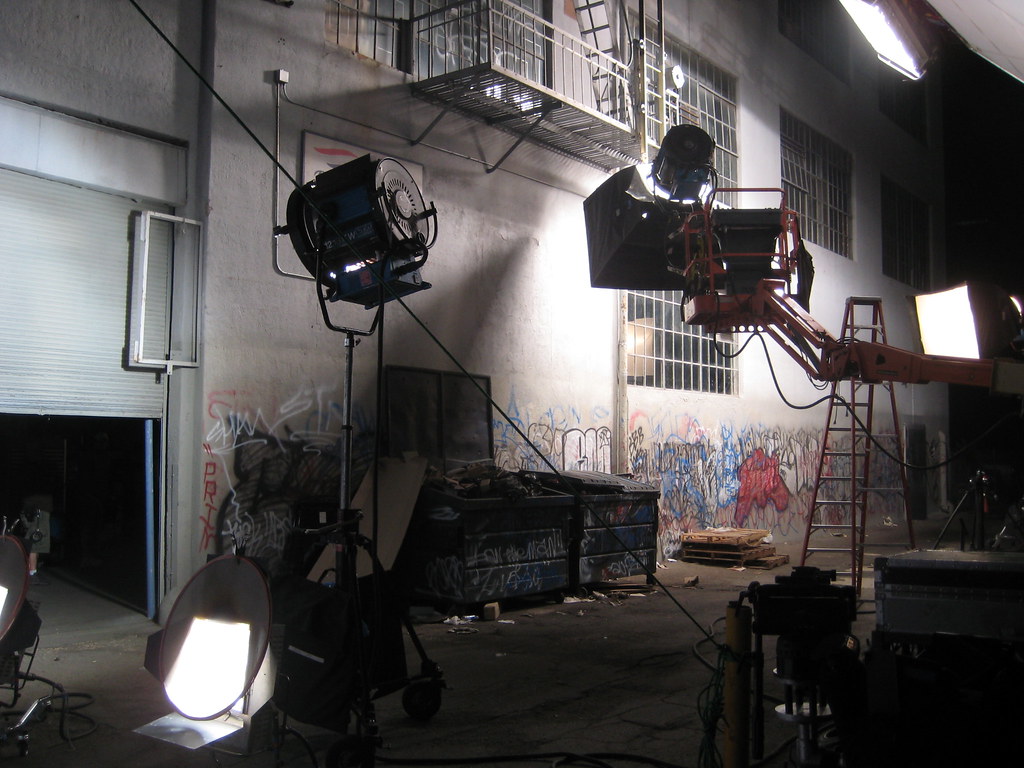
A Journey Through the Colors of Scotland: Discovering Tartan Patterns and Their Meaning
Tartan—what a delightful word! It rolls off the tongue and conjures up images of rolling hills, bagpipes, and perhaps a wee dram of Scotch. But tartan is more than just plaid fabric; it carries a rich history and significance that traces back centuries. In this article, we’ll delve into the fascinating world of tartans, exploring the real outfits associated with different patterns and which ones you can actually wear. So grab your kilt (or a cozy chair), and let’s embark on a colorful journey through Scottish culture!
The History of Tartan: More Than Just a Fashion Statement
Before we dive into the specific tartans and their outfits, let’s take a quick trip down memory lane. Tartan was originally designed as a way to identify different Scottish clans. Each pattern, with its unique color combinations and designs, served as a badge of honor, allowing clansmen to recognize each other from a distance—kind of like a bespoke family crest made of fabric!
The term “tartan” itself is derived from the French word “tartarin,” which referred to the woven fabric. Historically, these patterns were woven from wool, dyed using natural substances like plants and minerals. The vibrant colors and intricate designs you see today are the result of centuries of tradition.
The Science of Tartans: Understanding Patterns and Colors
Tartans are composed of a series of horizontal and vertical stripes, which intersect to create blocks of color that form a unique pattern. Each color can have specific meanings associated with it. For example, green often symbolizes nature, while blue can represent loyalty. The combinations and arrangements of colors tell a story about the wearer, their clan, or the region they represent.
The Scottish Register of Tartans, established in 2008, is a treasure trove for tartan enthusiasts. It contains thousands of registered tartans, each with its own history and significance. From military tartans to those commemorating historical events, there’s a pattern for every occasion.
The Most Iconic Tartans and Their Outfits
Now that we have some background, let’s explore some of the most iconic tartans and the outfits traditionally associated with them. We’ll also discuss which of these can actually be worn today!
1. Royal Stewart Tartan
One of the most recognizable and widely used tartans is the Royal Stewart. With its rich red background, interspersed with green and yellow stripes, this tartan is linked to the Royal Family of Scotland. It’s often associated with celebrations, making it a popular choice for festive occasions.
Outfit Ideas: The Royal Stewart tartan is frequently seen in kilts, skirts, and even bow ties. For a classic look, consider pairing a Royal Stewart kilt with a white dress shirt, a black jacket, and a sporran. Women can incorporate the tartan into a beautiful wrap dress or a stylish shawl, perfect for a ceilidh or any Scottish-themed event.
2. Black Watch Tartan
The Black Watch tartan, alternatively known as the Government tartan, boasts a more subdued palette of dark green and blue. This pattern has military roots, originally worn by the 42nd Highland Regiment, also known as the Black Watch.
Outfit Ideas: The Black Watch is versatile and suitable for both formal and casual occasions. A classic Black Watch kilt paired with a tailored blazer and a crisp white shirt makes for an elegant outfit. For a more casual look, opt for a Black Watch button-down shirt paired with dark jeans.
3. MacLeod Tartan
The MacLeod tartan is characterized by its bold yellow and black stripes, representing the MacLeod clan. This lively pattern symbolizes resilience and loyalty.
Outfit Ideas: The MacLeod tartan is perfect for those who want to make a statement. A MacLeod kilt, paired with a vibrant yellow shirt, can create a fun and festive outfit for Scottish festivals. Women might choose a MacLeod tartan dress or a playful skirt to add a splash of color to their wardrobe.
4. Campbell Tartan
The Campbell tartan features a combination of green and blue in a distinctive checkered pattern, reflecting the clan’s historical ties to the Scottish Highlands. The Campbells are known for their rich history and contributions to Scotland’s political landscape.
Outfit Ideas: A Campbell tartan kilt is a fantastic choice for formal events. Pair it with a dark blue jacket and a crisp white shirt for a polished appearance. For a more relaxed look, consider a Campbell tartan scarf or tie to add a touch of Scottish flair to your outfit.
Tartan for All: Which Patterns Can You Wear?
You may be wondering if you can wear any tartan or if certain patterns are reserved for specific clans. The good news is that, in modern times, tartan has become more inclusive. While it’s respectful to honor the tradition of clan tartans, many people choose to wear any tartan that resonates with them personally.
Universal Tartans
Several tartans have been designated as “universal” or “public” tartans. These are not tied to any particular clan and can be worn by anyone. Some examples include:
- Modern Tartans: Many designers have created contemporary tartan patterns that offer a fresh take on traditional styles. These can be worn freely and are perfect for those looking to express their individuality.
-
National and Festival Tartans: Tartan patterns designed to represent Scotland as a whole, or specific festivals like the Highland Games, are also available for public use.
Tartan in Modern Fashion
In contemporary fashion, tartan has made a significant comeback. Designers are incorporating tartan into their collections, using it in everything from suits to dresses, and even accessories. The key is to strike a balance between traditional and modern styles to create a look that feels authentic yet fresh.
Tips for Wearing Tartan Today
- Mix and Match: Don’t be afraid to mix tartan with other patterns. A plaid scarf can be paired with striped or floral outfits for an eclectic look.
-
Accessorize Wisely: If you’re unsure about donning a full tartan outfit, start small! A tartan tie, scarf, or handbag can add a touch of Scottish heritage without overwhelming your look.
-
Keep it Subtle: For a more sophisticated take on tartan, opt for muted colors or smaller patterns. This allows you to incorporate the fabric into your wardrobe while maintaining a modern aesthetic.
Conclusion: Embrace the Tartan Spirit
Tartan is more than just a fabric; it embodies a sense of heritage, identity, and celebration. Whether you’re proudly wearing the colors of your clan or simply sporting a playful pattern that speaks to you, tartan offers a rich tapestry of history and culture. So, the next time you pull on a kilt or toss on a tartan scarf, remember that you’re not just wearing a piece of clothing—you’re wrapping yourself in a story that spans generations. Embrace the spirit of tartan, and let it inspire your wardrobe and your adventures!

